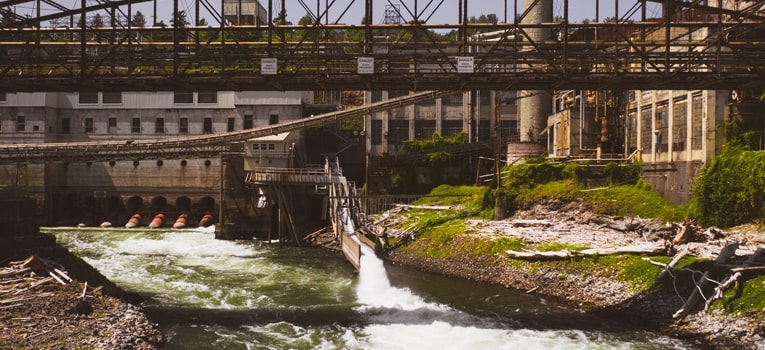Mythbusters Series: Wastewater
Article
Tracking down wastewater emissions data across a value chain is a complex and mammoth task.
That’s assuming every supplier facility will participate, and can also provide the data points required. Therefore it’s important to use unified systems across a value chain and unified thinking. The participation of your facilities in wastewater programs is normally best driven through a contractual agreement with agreed objectives, set obligations and ongoing training.
This blog debunks some of the misconceptions about wastewater emissions data and its visibility as a brand or facility.
Myth #1 – “Sourcing wastewater data isn’t a viable option for the business as it can only be gathered at an individual facility level and needs to be gathered regularly.”
Our take on it: This is an obstacle for many brands. We have even heard of facilities occasionally refusing to participate in wastewater programs and to disclose their emissions data. Ultimately this hurdle must be overcome to achieve greater success with wastewater programs and meet environmental commitments or own company ESG targets.
Value chains can be in the hundreds which requires a lot of resources to manually review each facility’s compliance with standards, permits and brand guidelines, on top of consolidating the data points to gain useful insights. Fortunately, technology has come a long way and can make this a task quick, accurate and straightforward for facilities and brands.
CleanChain’s Solution: A cloud-based solution such as CleanChain enables each entity to enroll into a wastewater program and enter their wastewater emission data. Dashboards provide brands with a value chain view and a facility level view, saving substantial time, improving accuracy, and enabling brands to quickly gather insights about their environmental impacts and make improvements.
Myth #2 – “There are many separate reports and data points held in multiple locations, it is near impossible to get an accurate picture of your value chain’s wastewater emissions and compliance at any given time.”
Our take on it: Yes, there are many different reports and data points to gather nowadays for your wastewater programs and emissions reports. If anything, this is only going to get worse as environmental regulation increases and compliance risk assessment methodologies improve. The brilliant thing about technological advances means that large quantities of data can now be gathered, standardized, assessed and reported back in meaningful ways in just a matter of seconds, and all in one system.
CleanChain’s Solution: Our system records and tracks your chemical, wastewater and regulatory compliance data within a unified platform. Brands can find SDS, screened chemical, chemical inventory and wastewater emissions data in one platform to give a quick and reliable view of the value chain’s performance. SDSs for proprietary chemicals can also be gated for specified brands and facilities.
Myth #3 – “Pinpointing which facilities need to undertake corrective actions and which pose the greatest risk is like looking for a needle in a haystack.”
Our take on it: Whether you are a lean team or a large enterprise with lots of resources, this task will still feel daunting. The idea of trawling through data from each facility and gathering this into an excel sheet to sort is not at the top of anyone’s to-do list. And that’s before you start to put in place corrective plans and actions to address any issues. This is the perfect task for a machine: setting parameters, gathering data points and ranking these data sets in order of the highest risk to the business.
CleanChain’s Solution: CleanChain’s platform is designed to analyze vast quantities of data in a matter of seconds. Our Wastewater module offers Corrective Action Plan (CAP) functionality to help brands identify the highest risks pertaining to their hundreds of facilities in relation to their chemical and wastewater data. This solution means that your resources can focus on making things better, rather than looking for the problems. The platform also allows tracking of activities for resolution, so both brands and facilities have accountability for their ongoing performance.
Summary: Value chains must act on wastewater now
Wastewater is one of the biggest areas of environmental concern. Globally, 80% of wastewater is flowing back into the ecosystem without being treated or reused. The fashion and textiles industry are one of the biggest polluters of water at 20%, with dyes, chemical run-off and other waste types contaminating the local water supply and surrounding environment. Value chains need to start acting immediately to protect this precious resource and process their wastewater safely and responsibly, regardless of cost.
CleanChain’s Wastewater module enables the entire value chain to seamlessly track and monitor wastewater emission data cost-effectively.

